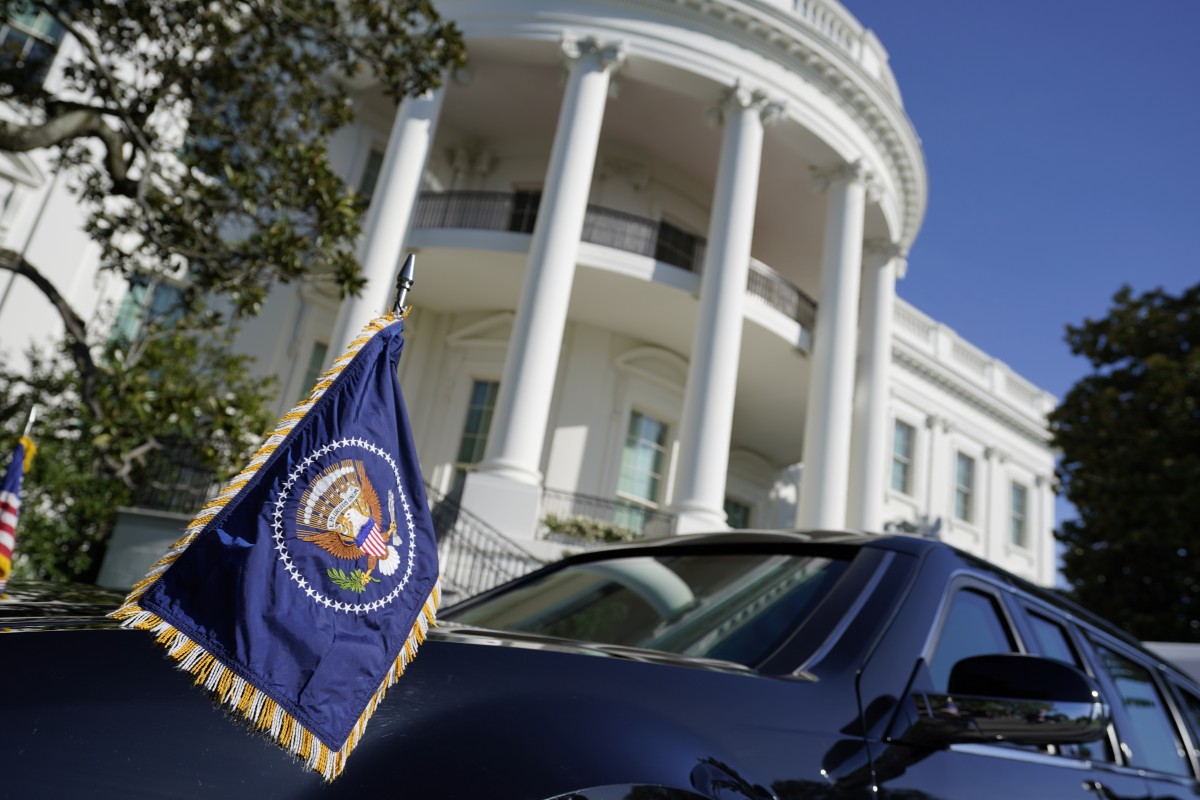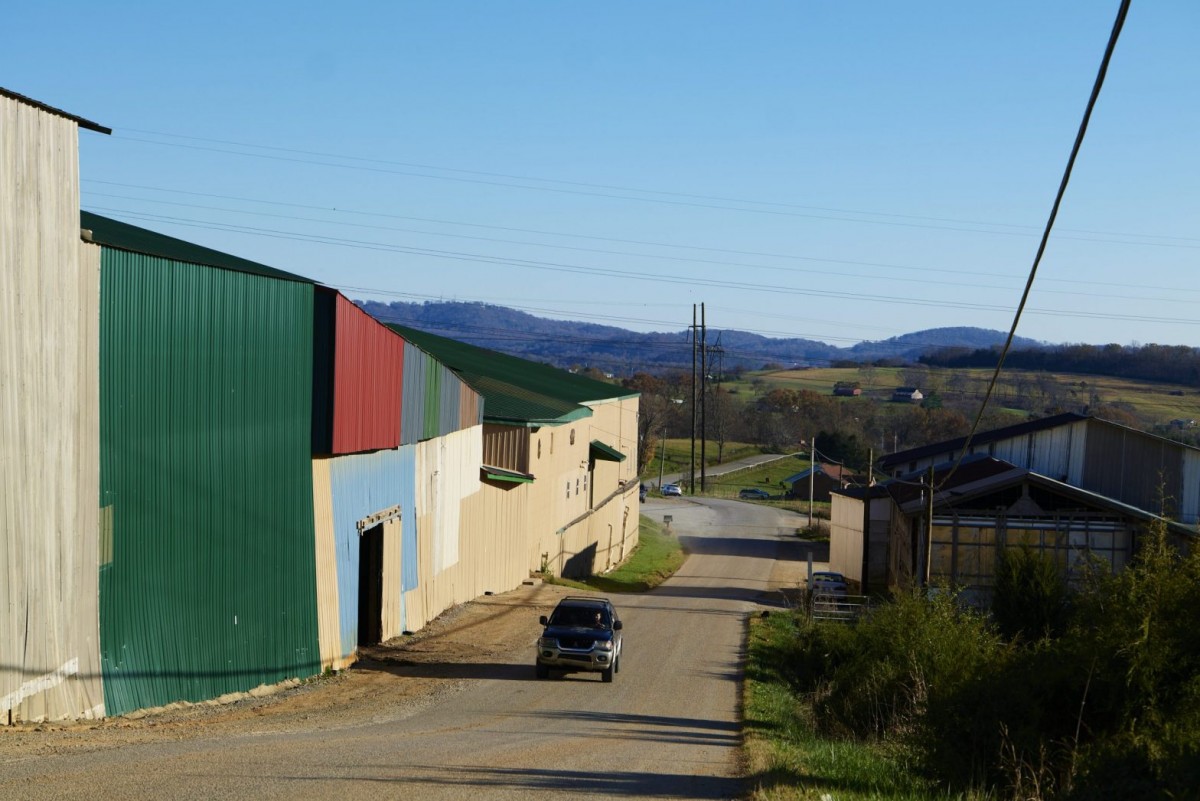In 1921, Blair Mountain in southern West Virginia was the site of the country’s bloodiest armed insurrection since the Civil War, a battle pitting miners led by Frank Keeney against agents of the coal barons intent on quashing organized labor. It was the largest labor uprising in U.S. history. Ninety years later, the site became embroiled in a second struggle, as activists came together to fight the coal industry, state government and the military-industrial complex in a successful effort to save the battlefield—sometimes dubbed “labor’s Gettysburg”—from destruction by mountaintop removal mining.
“The Road to Blair Mountain” is the harrowing story of Charles Keeney’s fight to save this irreplaceable landscape. Beginning in 2011, Keeney — a historian and great-grandson of Frank Keeney — led a nine-year legal battle to secure the site’s placement on the National Register of Historic Places. In this excerpt from his new book, Keeney describes his decision to become involved in the fight. “The Road to Blair Mountain” will be published on January 1 to commemorate the 100th anniversary of the original battle of Blair Mountain.
I have never been one to dwell on what others think of me, but while staring at the invitation to join the movement to preserve Blair Mountain that afternoon in 2010, I certainly did. If I joined this protest, I would be on the news and the focus of a lot of attention. My family connection to the history and my position as a historian would draw reporters to me. I would be marching past homes of people who were fellow high school students, or people with whom I have attended the same church events, or teammates from high school sports. Many of them would not understand what I was doing or why I was doing it. I could see some of their heads shaking and hear their voices in the back of my mind already. What on earth happened to him? He went up there to that university and got liberalized by all those lefty professors, that’s what happened. Now he’s one of those academics with his head up in the clouds and he doesn’t get how the real world works. That’s what happens. They go up to get all that education and come back with a bunch of crazy theories. I bet he doesn’t even read the King James Version.
The thought of it made me cringe, and I sat in my office chair and tried to talk myself out of getting involved. Do I want any part of this fight? Is there any real chance of success? My great-grandfather fought the coal companies his whole life and it cost him dearly. It could cost me dearly. My reputation in my own home would never be the same, for better or worse. Some in coal country would despise me and some might even try to cause me physical harm. The governor’s wife also happened to be the president of my college. If I became too controversial or if the march turned out badly, I could lose my job. I knew that if I joined the protest, it would follow me the rest of my life.
I read the email invitation again. The meeting was Sunday at 1:00 p.m. It was at least an hour drive from my place in Charleston, and I already drove two hours in my daily commute during the week. Did I really feel like making that long drive on my day off? Maybe they could email me a summary of the meeting and I could think things over before making any commitment. Plus, I am a diehard, lifelong Pittsburgh Steelers fan (a Terrible Towel hangs triumphantly on my office wall), and autumn Sunday afternoons were reserved for football. I went online and quickly checked to see who the Steelers were playing and how important the game might be for the playoff race. As it turned out, the Steelers were scheduled to play the primetime game that Sunday and not at 1:00 p.m. I couldn’t use the Black and Gold as an excuse. For two more days I thought and prayed about it until finally I responded to the email saying I would be there.
Three days later, under an overcast sky and drizzling rain, I drove to the community of Blair. I passed by Danville, hit state route 17, and followed the winding two-lane south. Along the way I passed through the old coal town of Sharples. Once, there had been a high school at Sharples, and I recalled playing basketball there as I drove by. After winning a high school game, our bus was pelted with rocks when it pulled away from the school. When I finished rehashing the incident for my mother later that evening she said, “They need to get those kids under control.” I said, “Mom, the parents were the ones throwing the rocks.” The Sharples I drove by in 2010 had hardly anyone left to throw any rocks. The community had dwindled to near extinction.
Such was also the case a few miles further on with the community of Blair. Once a thriving coal town with a train station, restaurants, saloons—one early saloon was called “The Bloody Bucket”—and a general store, the Blair of 2010 truly resembled a ghost town. Abandoned houses dotted both sides of the lonely road. There is no cell phone reception. Before reaching the foot of Blair Mountain, I turned left onto Pigeonroost Hollow and found Jimmy Weekley’s house. It is a small, one story wooden home with a sizable front porch holding many chairs. After parking and knocking on the door, I was met by a smiling, soft-spoken, mustached gen- tleman wearing a flannel shirt and ball cap. He introduced himself as Kenny King and invited me in.
Over the course of a few hours, my collaborators and I agreed to try and organize a march that would take place the following summer. We planned to hold organizational meetings once a month and create committees to handle different aspects of the undertaking, such as fundraising and public outreach. Our protest march would cover the full fifty miles from Marmet (where the miners originally began their march in 1921) to Blair Mountain. The protesters would march ten miles a day from Monday through Friday, and the march would culminate with a rally at Blair on Saturday. At the end of each day, we planned for the protestors to stop and sleep at one of the numerous campsites in the area. We would need to find campsites, provide food, and provide protection. In 1999, the organizers had attempted the same march we were about to try and met with heavy resistance. A few miles south of Marmet, a gathering of angry pro-coal locals met the marchers and threw rotten vegetables and cursed them as they walked. Several men shoved and pushed around the marchers, threatening more violence. Ken Hechler, a World War II veteran, former US Congressman, and speechwriter for Harry Truman, received a cut on his head. The incident put an abrupt end to that protest. If we were to be more successful, we needed to be wary of what might stand in our way. I drove back to Charleston later that afternoon wondering what I had gotten myself into.
Charles B. Keeney is an assistant professor of history at Southern West Virginia Community and Technical College. The author of two books, he served as president of Friends of Blair Mountain and was a founding member of the West Virginia Mine Wars Museum. His latest book “The Road to Blair Mountain” is available December 1 from West Virginia University Press.



